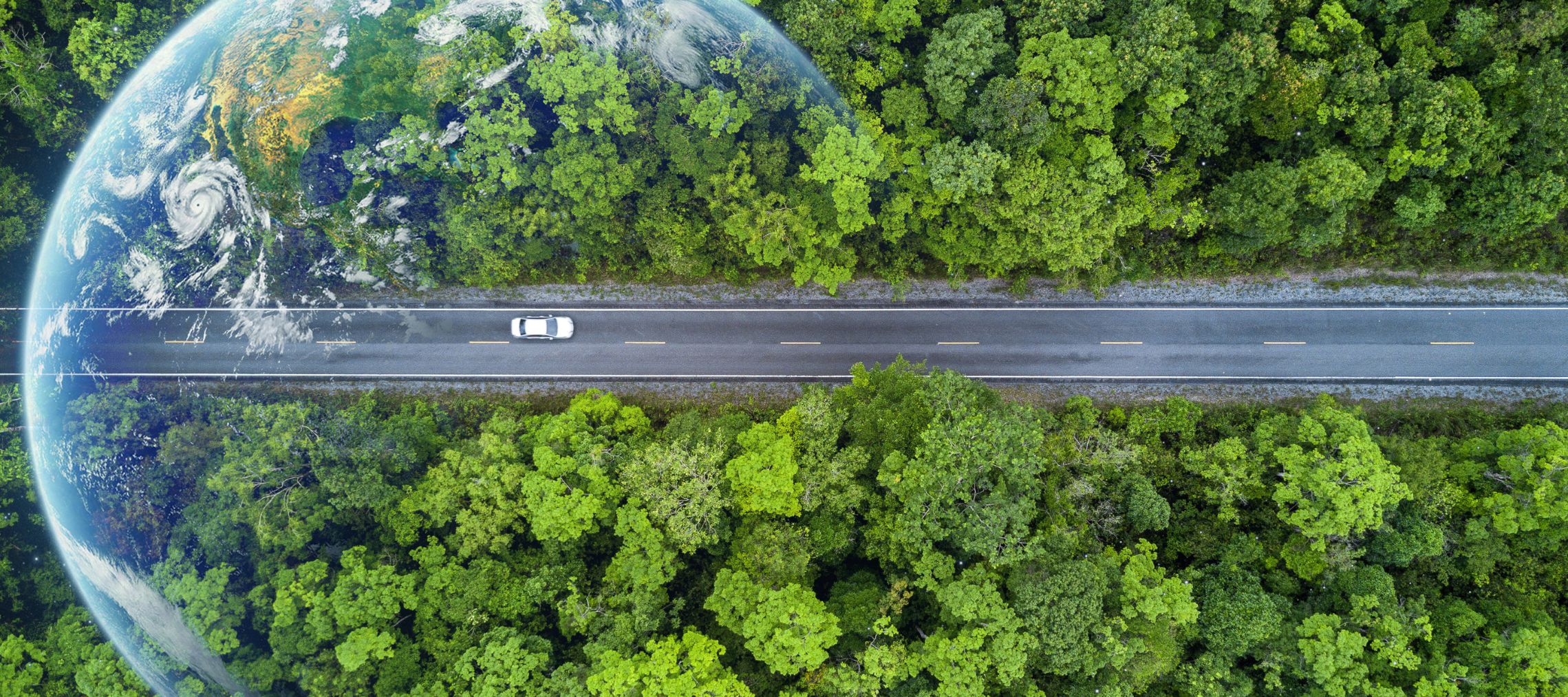Climate change brought on by fossil-fuel burning and greenhouse gas emissions has led to a steady increase in global temperatures. As a result, sea surface temperatures and glacier melting have increased, eventually raising sea levels and posing a major threat to coastal cities worldwide, including Indian coastal cities. Many of these coastal cities in India are known to be major economic hubs with natural ports, cultural centres, biodiversity hotspots, and religious monuments. Thus, the continuing sea level rise calls for immediate action in terms of framing suitable adaptation and risk mitigation strategies.
The Center for Study of Science, Technology and Policy (CSTEP) has published a report titled ‘Sea level rise scenarios and inundation maps for selected Indian coastal cities’. The report presents information on changes in sea levels under historical and future climate scenarios for 15 Indian coastal cities and towns.
As per the report, key sectors that will be impacted include water, agriculture, forest and biodiversity, and health. The beaches, backwaters, and mangrove forests are particularly at risk, impacting biodiversity and tourism. Further, Haldia, Udupi, Panaji, and Yanam—having significant agricultural areas, wetlands, and waterbodies—will face inundation due to rising sea levels. In the face of climate change, this report presents crucial information for policymakers to draft city action plans accordingly.
Read the report here
